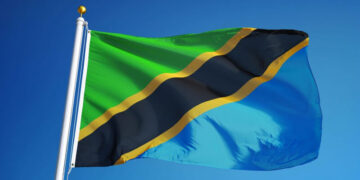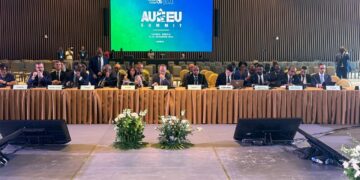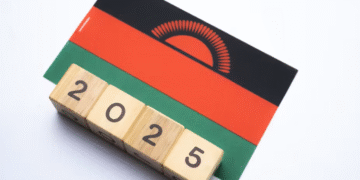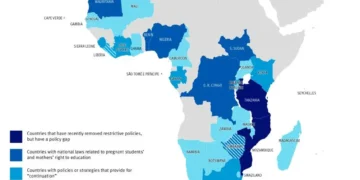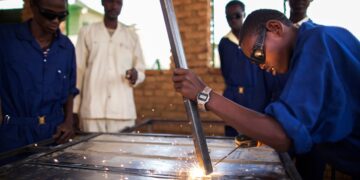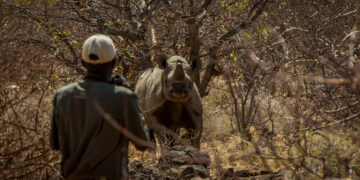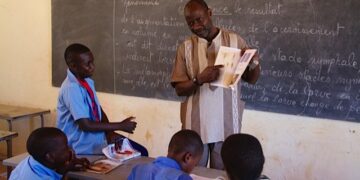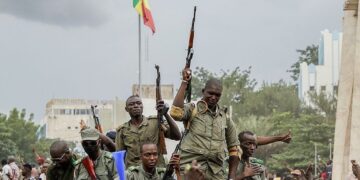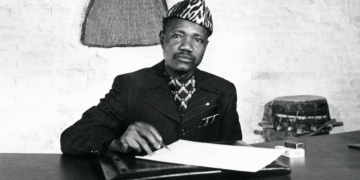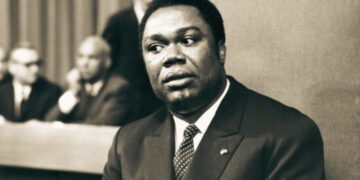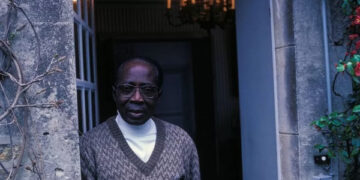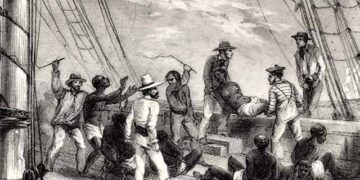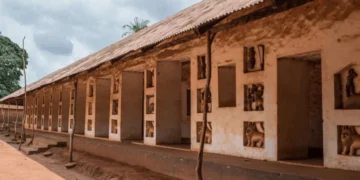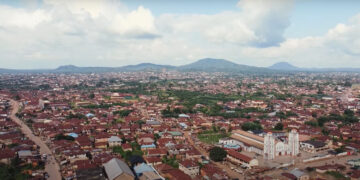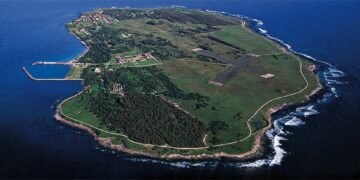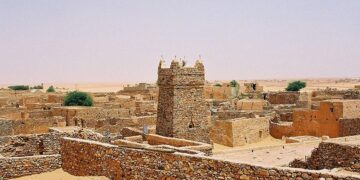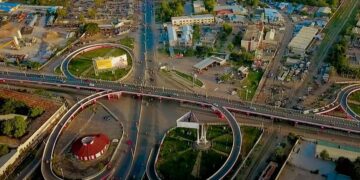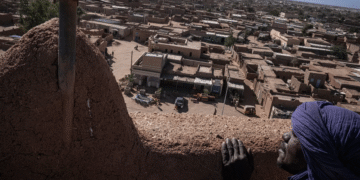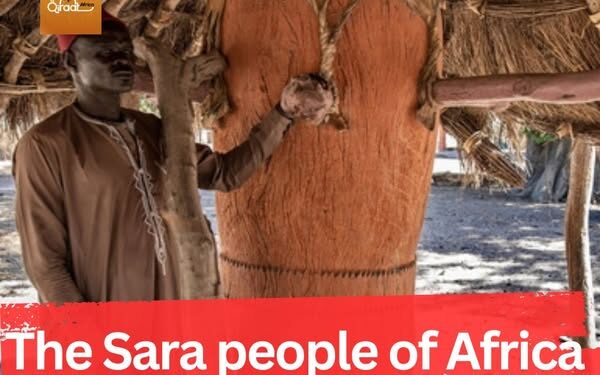The Sara people are a Central Sudanic ethnic group native to southern Chad, the northwestern areas of the Central African Republic, and the southern border of North Sudan.
The ethnicity prides itself on 12 sub-tribes, including the Sar, Mbay, Kaba, Gulay, Dai, and Ngambay. The Sara language group is part of the Central Sudanic Branch of the Nilo-Saharan Language Family, and it is connected to the languages spoken by the Barma, Kenga, and Bulala of Chad, as well as the Bongo and Krech of Sudan. There are two Sara dialects: Eastern (Sar, Nar, and Gulay) and Western (Ngambay and Mbay).
However, they are also the largest ethnic group in Chad. During colonization, southern Chad was the center of administration for the French Rule. The Sara were thus more assimilated and educated than their northern counterparts. Their most notable culture is the body-scarring rituals used as a form of body art.
Sara oral histories provide additional information about the people. The Sara are primarily animists (venerators of nature), with a social structure comprised of multiple patrilineal clans that were once united into a single government with a national language, identity, and religion. Many Sara people still practice their ethnic religion, while some have converted to Christianity and Islam.
Most Sara who are Nar (unless otherwise stated) live in small communities along streams or on roadways. In precolonial times, a hamlet (gir be) was a separate place where patrician (gir ka) members resided with their wives, children, other relations, and followers. Villages (gir begi [the gi suffix is a plural identifier]) were separated into a number of such tracts for various clans. Homes in these communities were typically dispersed, with circular thatched houses standing in the middle of family members’ fields, but colonial and postcolonial officials required the relocation and concentration of homes along more easily governed highways. In the 1970s, most settlements had 200 to 300 people.
They mostly engage in subsistence farming, primarily through hoe cultivation; taro, yams, and sweet potatoes are the main staples. Cattle, sheep, goats, and chickens are raised, as well as small horses.
Headmen aided by bodies of elders normally superintend autonomous village communities, each of which is composed of a separate exogamous clan. Polygyny is practiced. Many Sara people have retained their ethnic religion, but some have converted to Christianity and Islam.
The Sara have played a major role in Chad’s post-independence development. The first president, François Tombalbaye, was a Sar, and he and other Sara entirely dominated the government, a fact that non-Sara, particularly northerners, despised. The Civil War began in 1966. In 1973, an increasingly desperate and autocratic Tombalbaye founded the Mouvement National for la Révolution Culturelle & Sociale in an attempt to bolster his legitimacy by reintroducing certain “traditional” Sara institutions. For example, officials were expected to participate in male initiation. Tombalbaye was killed in 1975 after a southern coup. By 1978, power had shifted from south to north. The Sara faced harsh times in the 1980s, with starvation aggravated by oppression.



